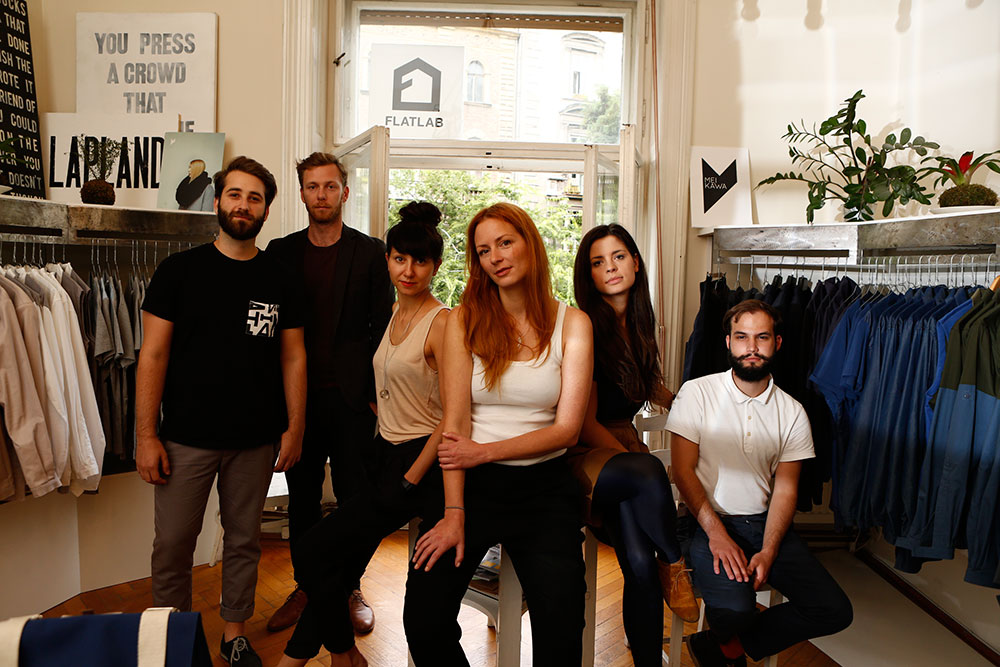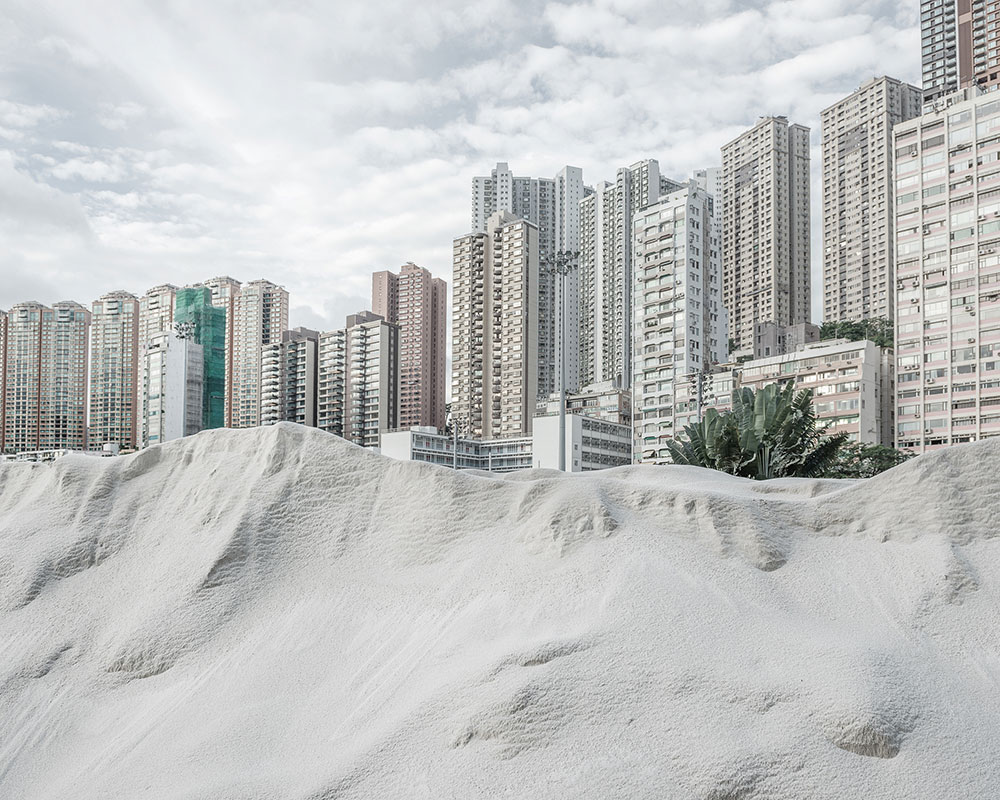The tourists are too late. The afternoon sun is already sinking behind Buda Hill, casting a shadow across the river that begins to creep over the rooftops of low-lying Pest on the opposite bank. The tourists fumble for their cameras, eager to recreate one of Europe’s great cruise-brochure panoramas with the last of the light. Spread out below them are the neo-Gothic parliament building, the Art Nouveau Gresham Palace Hotel, the basilica of St Stephen and the Chain Bridge, just a few of the late-flourishing architectural gems that make this city so immediately attractive. Behind them, bronze King Stephen sits on his horse, looking the other way. For the past hundred years he’s been missing out on the view.
It’s early February in Budapest, and everything’s going slow. Waiters shuffle about in cafés where they’re still playing Christmas music. Revolving doors inch their way around, caught in the torpor of a Mitteleuropean winter. By the bumpers in Keleti station, fur-hatted old men play chess on marble plinths, taking time over their moves. There’s no rush or bustle, no sign of the pitiful masses that camped out here six months ago in the summer heat. Outside, a government notice on a bus stop reads: “The nation has decided that this country has to be protected.” The migrants may have gone, but the rhetoric has not.
Hungary has spent most of its recent history under the yoke of foreign powers, so promises of protection play well here. Ottoman, Habsburg, Nazi and Soviet rule runs deep in the national memory. Viktor Orbán can therefore cast the EU as the latest imperial villain, blaming the chaos that unfolded last summer on its inconvenient red tape. But his brand of populist nationalism is as pragmatic as it is cynical. Having tried and failed to rush trainloads of migrants into Austria, he wasted no time in putting up a razor-wire fence on Hungary’s southern border, claiming he was defending “Christian Europe” against a Muslim invasion.
At a small commercial art gallery on Károlyi Kert, a leafy square in Pest’s well-heeled District V, an oversized cartridge belt made of bright red felt hangs on the wall. Part of conceptual artist Attalai Gábor’s Red series from the 1970s, it’s a playfully subversive work with obvious political connotations. Back then the communist government divided art into three categories — approved, tolerated, and banned — and artists in the latter camp like Gábor would have had to smuggle their work abroad for exhibition in the West.
“There’s no Terror now…”, the gallery director says, tailing off. I suspect there’s a “but” coming. Since coming to power in 2010, the Fidesz government has moved to take control of culture, he tells me, by giving the ultra-conservative Hungarian Academy of Arts (MMA) pre-eminence over other institutions. In 2014 Budapest’s Kunsthalle, Hungary’s most important contemporary art gallery, came under the MMA’s control. “Art is not to criticise,” began the manifesto of its new director. Unsurprisingly, many artists didn’t want anything to do with it.
“We ship to any EU countries!” boasts the chalkboard of a wine merchant on nearby Bródy Sándor Street in the Palace district. The shop stocks vintages of Tokaj “going back to 1956” — a sacred year wherever you go in Hungary, but especially so on this street, where the flashpoint of the revolution occurred. It was here, on October 22 1956, that the Soviet-aligned state security police shot at an unarmed crowd outside the Hungarian Radio building. The crowd had gathered to protest when a student was detained for trying to broadcast their demands, which included freedom of the press and government transparency, on air. Today, a black flag flies from the Magyar Rádió building next to a Hungarian tricolore. Just down the street, someone has written “Fascists” on the wall, crossed it out, and written “Patriots” beside it.
Around the corner at Müszi, there’s a lot going on. In one room they are putting up tie-dye banners in preparation for the Shamanic Frequencies Psychedelic Party that evening. In another, teenagers are hotly contesting a table-football tournament, while in yet another, an environmentalist NGO meeting is in full swing. This independently run arts-cum-community centre on the top floor of a dilapidated 1920s department store also hosts exhibitions, runs rehab clinics and puts on LGBT events — supporting artistic and marginalised communities where the government will not. As the programme director tells me, many of the artists and designers occupying Müszi’s warren of chipboard-partitioned studios were based in the Jewish quarter before the government kicked them out, eyeing the rising rents of that rapidly gentrifying district.
In the Jewish quarter, next to a hostel and a cafe serving pumpkin spiced lattes, a pedestrian walkway leads off Király Street and through to a courtyard bearing a mural of a wide-eyed girl in a striped, hooded robe. Presumably she is Syrian: “1 family torn apart by war is too many”, reads the caption. Directly beneath, a flight of steps leads down to the entrance of the Gozsdu Mission Escape Rooms. As a sign informs passers-by, this “well-known live escape game” challenges “a group of 2-7 people” to find their way out by “solving puzzles and riddles” with their “logic and skill”: perfect for a modest stag party of above-average intelligence, then. Escape games make sense in the birthplace of Harry Houdini — an unhappy coincidence, though, that the northern boundary of the Jewish ghetto in winter 1944 would have run through exactly this spot. “Play now and get unforgettable memories!” the sign continues.
In the evening, out in the industrial VIII district, a venue called Aurora is hosting a party called “No-one is Illegal”. It’s a fundraiser organised in conjunction with the Migrant Solidarity Group of Hungary (Migszol). They have invited migrants from nearby Bicske camp who have been registered in Hungary (usually against their will). Syrians give dance lessons and Hungarians give CV writing classes in return. A band called Attunement to Harmony plays a set. I speak to Dino, a young Somalian man in a crisp white shirt who has travelled overland from Kenya via Iran and Turkey. In excellent English learned growing up on the streets of Nairobi, he tells me he’s looking forward to starting life in Hungary. His confidence and resilience bespeak a person who could make the best of it wherever he goes, but I find myself wondering whether many others in his position will have to depend on organisations like Migszol to get by.
On Andrássy Boulevard the next day, a steel canopy stencilled with the word “TERROR” juts out over the pavement from the roof of a four-storey neo-Renaissance mansion. Once used by the Arrow Cross (Hungarian Fascist Party) and then the Soviets as a headquarters and torture centre, the building now serves as the House of Terror, a museum to the horrors of this “double occupation”. Presenting both Nazi and Soviet regimes as equivalent, and as alien influences propped up by a few treacherous Hungarians, the museum is a tour de force of selective history, insistently telegraphed via touchscreens and blaring videos. Opened in 2002, it was a way for the first Fidesz government to discredit its socialist rivals by warning where left-wing politics could lead, while casting Hungary as the victim of Nazi Germany rather than its ally, as it had been under Admiral Horthy.
Another, now notorious example of historical revisionism stands in Freedom Square — a statue of a Nazi eagle swooping down on the Archangel Gabriel, representing Hungary. The Memorial to the Victims of the German Occupation was put up during the night in 2014 amid huge controversy and protest. Supposedly marking the 70th anniversary of the Holocaust, the monument failed to acknowledge any Hungarian responsibility for it or distinguish between victims. Fortunately, a vocal minority are standing up to this attempt at historical whitewashing. Ever since the statue was erected, an alternative “living memorial” has been going on in front of it, with people gathering in the evenings to light candles, leave photographs and objects or take part in discussions related to the Holocaust. The square has become a focus for other demonstrations, too. Days before I visit, thousands of teachers protested here against the government’s centralisation of the education system, a chaotic series of measures imposing conservative ideology on school curricula.
Today, though, on this sunny Sunday afternoon, all is quiet save for some dog owners giving their Vizslas a run on the lawn. From where I’m standing, I can’t see the offending statue, and the monument to the Soviet “liberation”, at the other end of the park, is obscured by trees. And that’s fine by me. It’s a good thing there are so many baths to relax in. There’s only so much history you can take.
Text: Arthur House
Image/Video: Ivana Bobic

